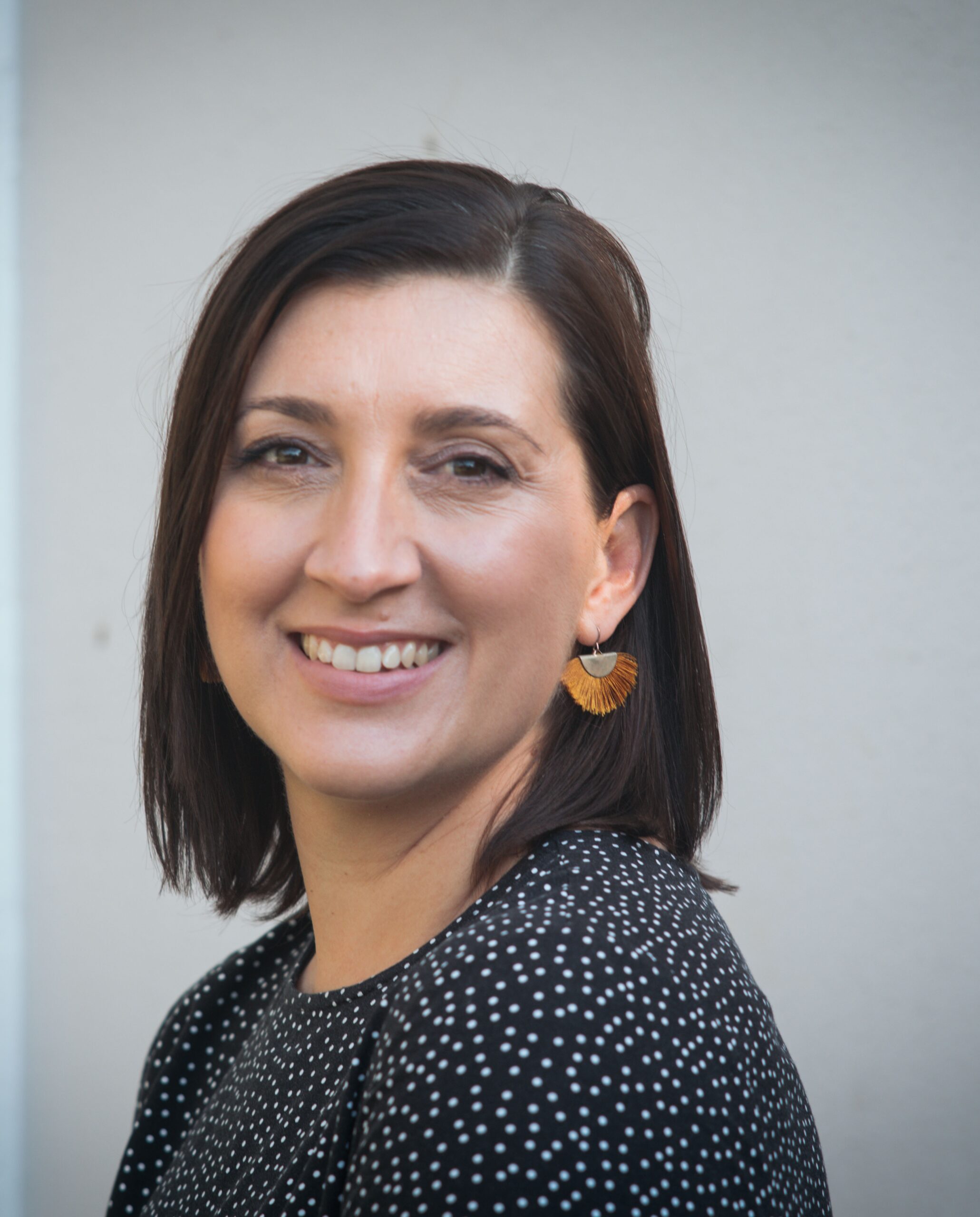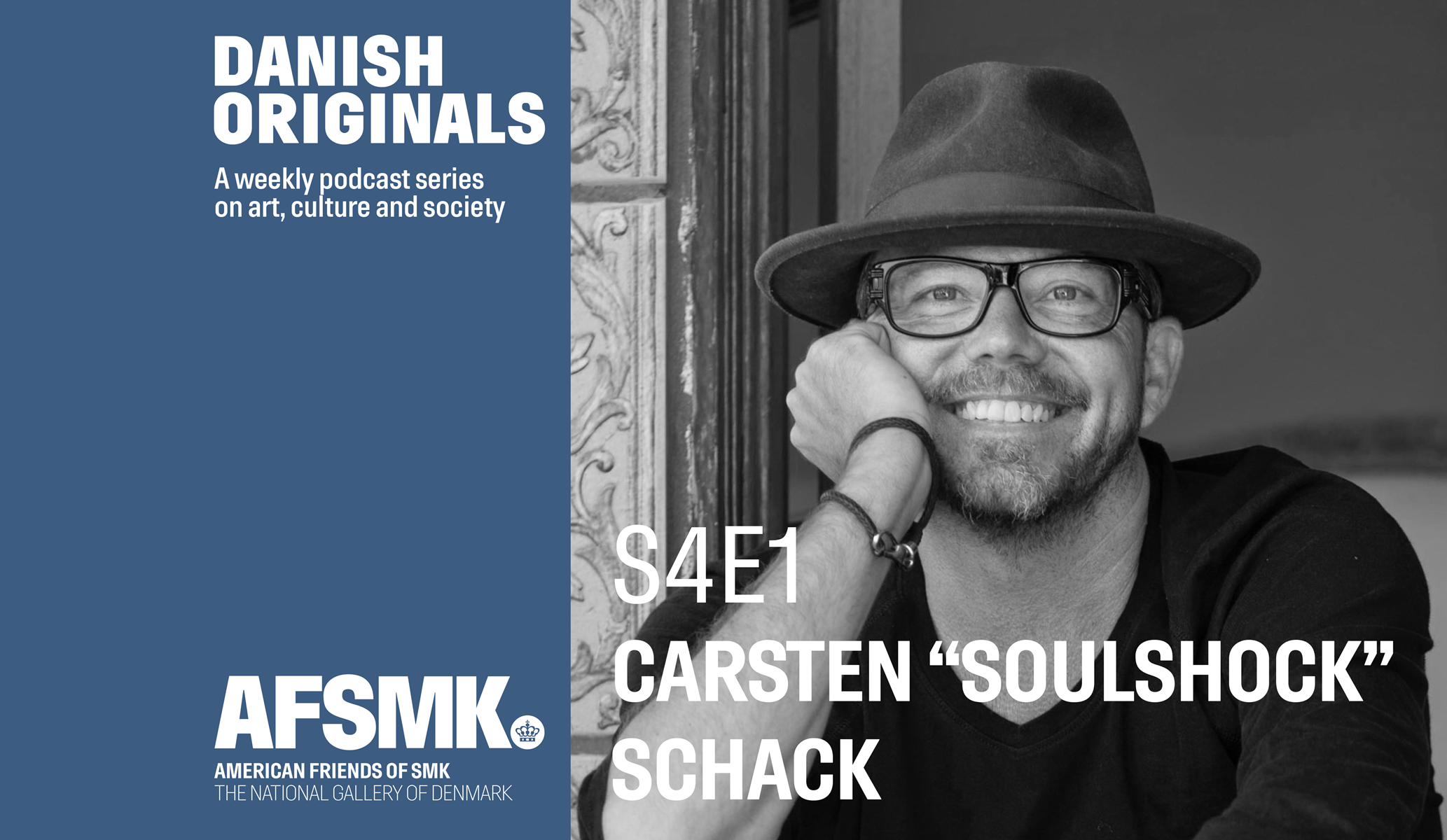“What she wants is unknown, but she always comes back. The spectre in darkness, the woman in black.”
Susan Hill’s chilling ghost story will no doubt be familiar to many as James Watkin’s 2012 film starring Daniel Radcliffe, but the on-stage version, adapted by Stephen Malatratt in 1987, proves that theatre is one medium with the power to frighten audiences like no other.
The Woman in Black enjoys a stellar reputation as the second longest-running play in the history of the West End, and it has widely been hailed as one of the most terrifying live theatre experiences in the world. According to a survey carried out by the Fortune Theatre, 95 percent of those who had seen both the film and stage version of the ghost story found the latter to have a superior scare-factor.
Copenhagen audiences will soon have the chance to decide for themselves when Denmark’s leading producer of English language theatre, That Theatre Company, stages the popular drama for the second time, following a first outing in 2004.
For Ian Burns, the company’s artistic director, it was an easy decision to go back to The Woman in Black.
“The theatre version is scarier because the events played out are not on a screen but in front of you, or behind you … the fourth wall is nonexistent,” he explained. “It is a piece of very pure theatre that works because the audience is asked to invest in it emotionally.”
While Hill’s creepy novella contains over a dozen characters, Malatratt’s ingenious play within a play adaptation reduced the cast to just three actors, with a backstage crew of four. The central character, Arthur Kipps (Burns), is a middle-aged solicitor who hires a theatre and the services of a professional actor (Benjamin Stender) to help him re-enact the ghostly event that befell him many years earlier.
The scene is set: we follow a younger Arthur as he sets off from London to the remote town of Crythin Gifford, where he must make his way to the mysterious Eel Marsh House to tie up the affairs of a deceased client, the widowed Alice Drablow. There upon the misty marshes, he encounters the haunting presence of the woman in black (Sarah Whitehouse), who not only threatens his sanity, but his very life.
“It’s the little things that get you,” Hill said of her ghost story. “Less is always more.” Malatratt’s stage adaptation, conceived on a shoestring budget, certainly proves the point. The beauty of the drama is arguably its blend of storytelling and simple stagecraft: a spartan set and well-timed sound recordings are enough to send the audience’s imagination into overdrive.
“We’re spending more time recording the detail of the sound effects this time around, and we’re also going to use more music than ever before in any of our productions to underscore the action,” reveals Burns. “We’ve planned a few surprises that I hope will scare the pants off people.”
The drama, which has been seen by over seven million spectators worldwide, will be staged at Copenhagen’s Krudttønden, a theatre known for its ability to create an up-close-and-personal encounter between performance and audience. This fits the bill perfectly as far as The Woman in Black is concerned, contends Burns.
“The intimacy of Krudttønden lends itself to a film-like performance,” he explained. “The audience is close. Eyes can be easily seen; therefore thoughts can be read or mis-read. That’s why we like playing there.”
The Woman in Black is gripping, engaging theatre at its very best: no dozing off in a darkened auditorium for this one! If it’s a good, heart-stopping scare you’re after, then look no further (and take advantage of the special Saturday offer available to readers of this newspaper – see details above). But if you find yourself waking up sweat-soaked and shrieking for nights after, don’t say you weren’t warned.
The Woman in Black
Krudttønden, Serridslevvej 2, Cph Ø; starts Wed, ends Nov 23, performances Mon-Fri 20:00 and Sat 17:00; tickets, 50-175kr, www.billetten.dk, www.teaterbilletter.dk; www.that-theatre.com; email info@that-theatre.com to take advantage of a special offer on Saturdays, quoting cphpost.dk in the subject line.














